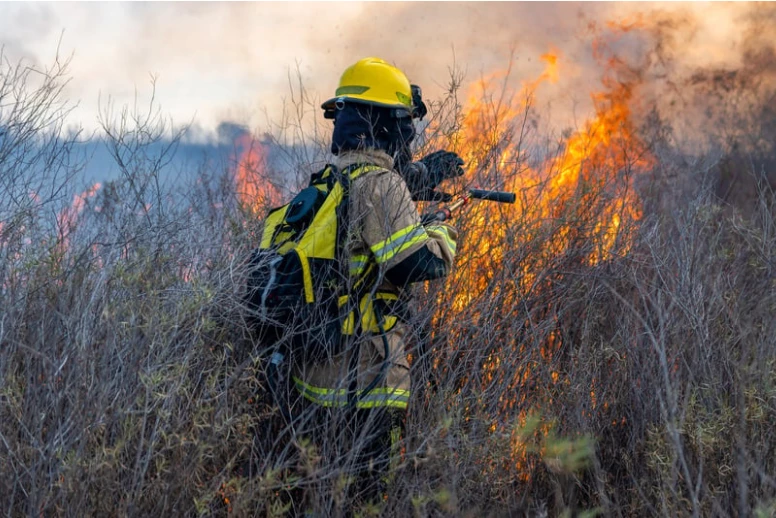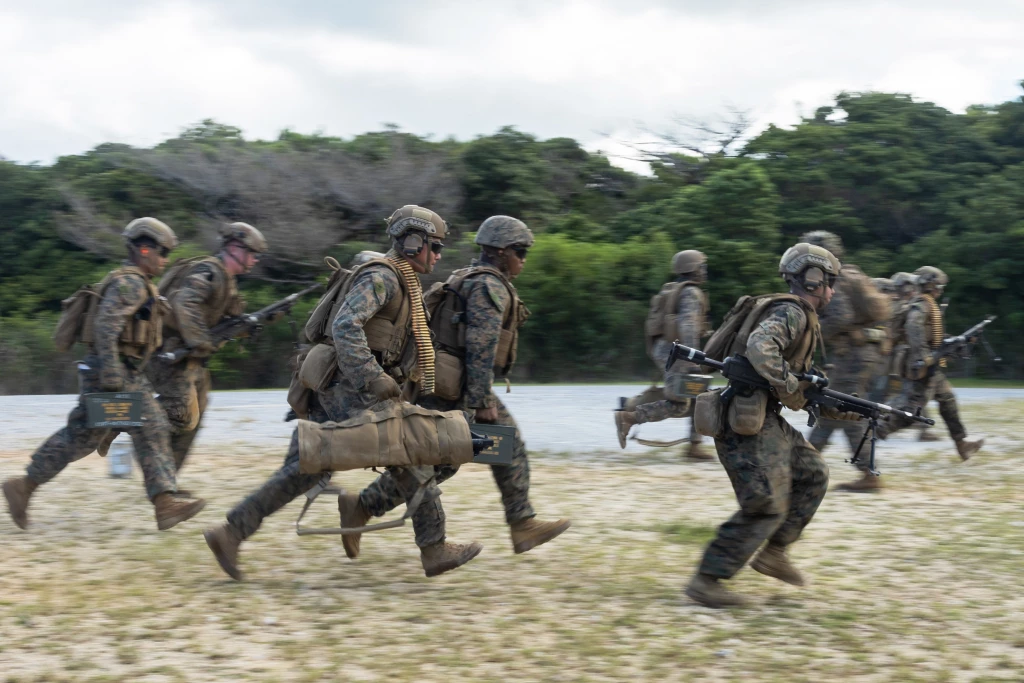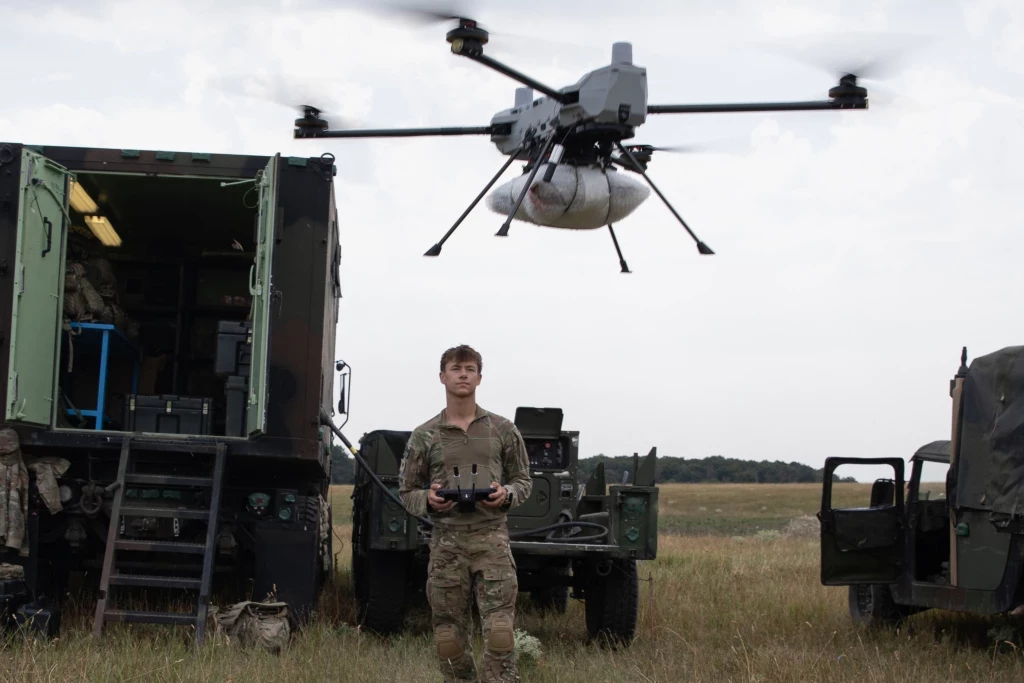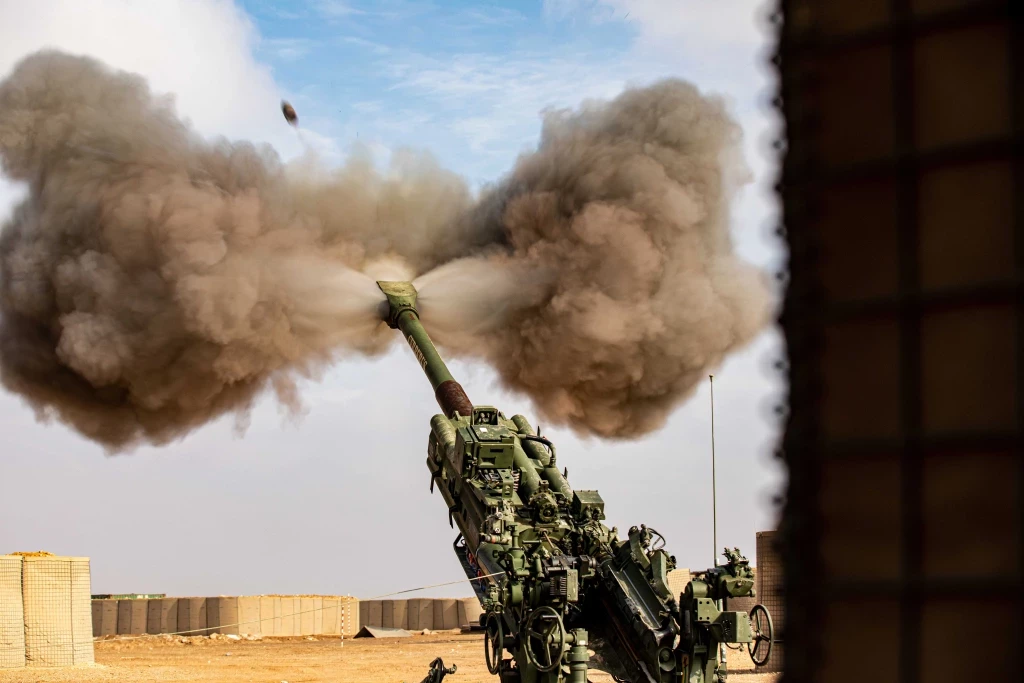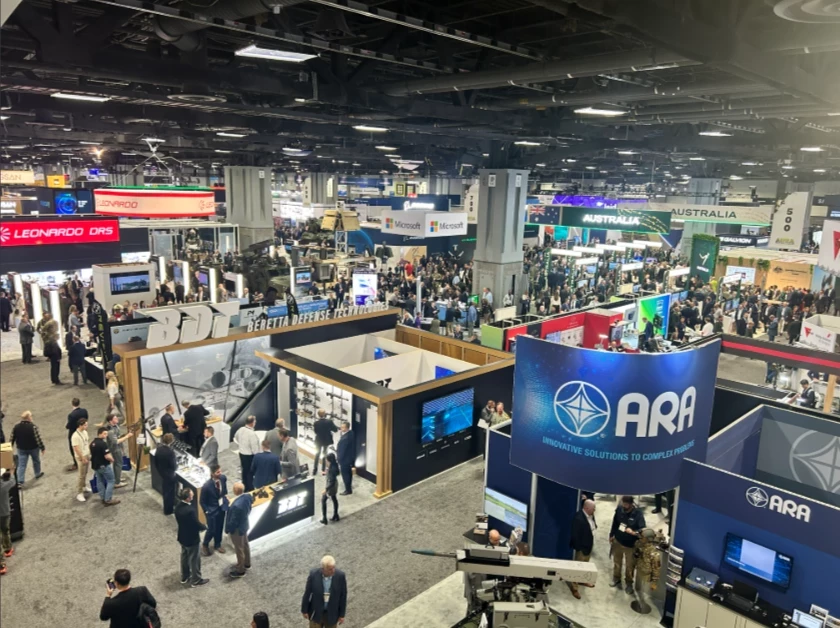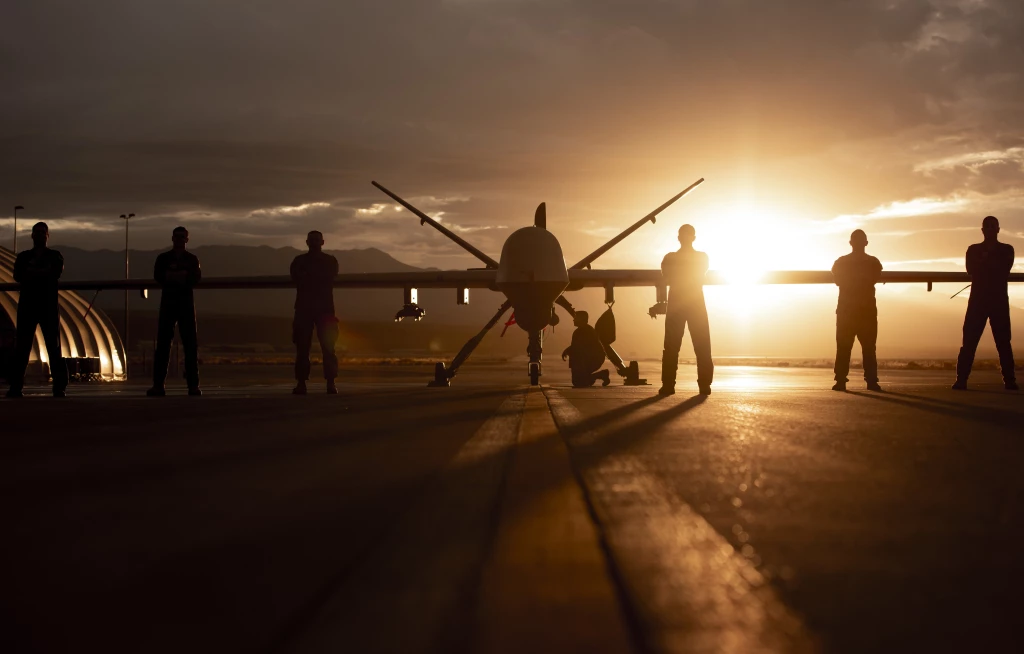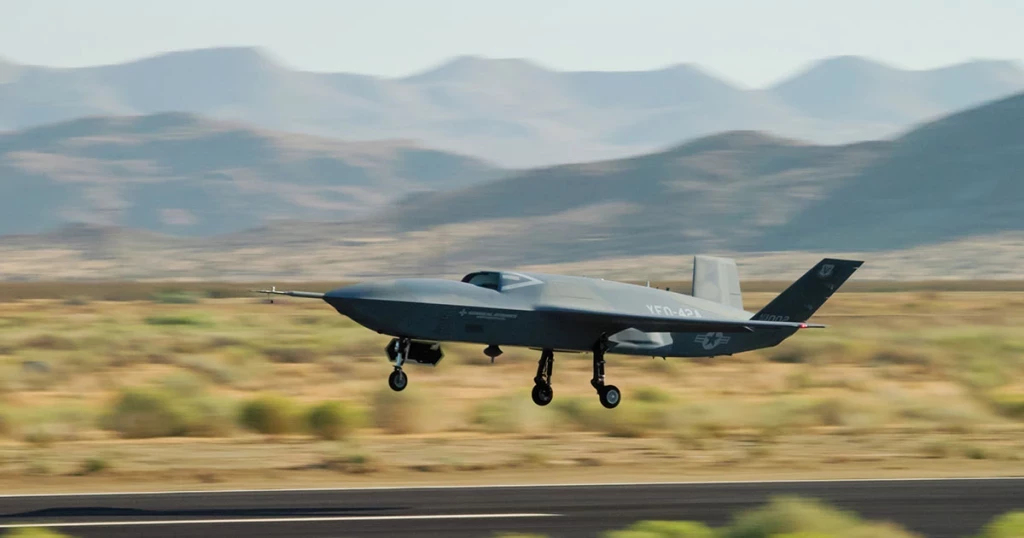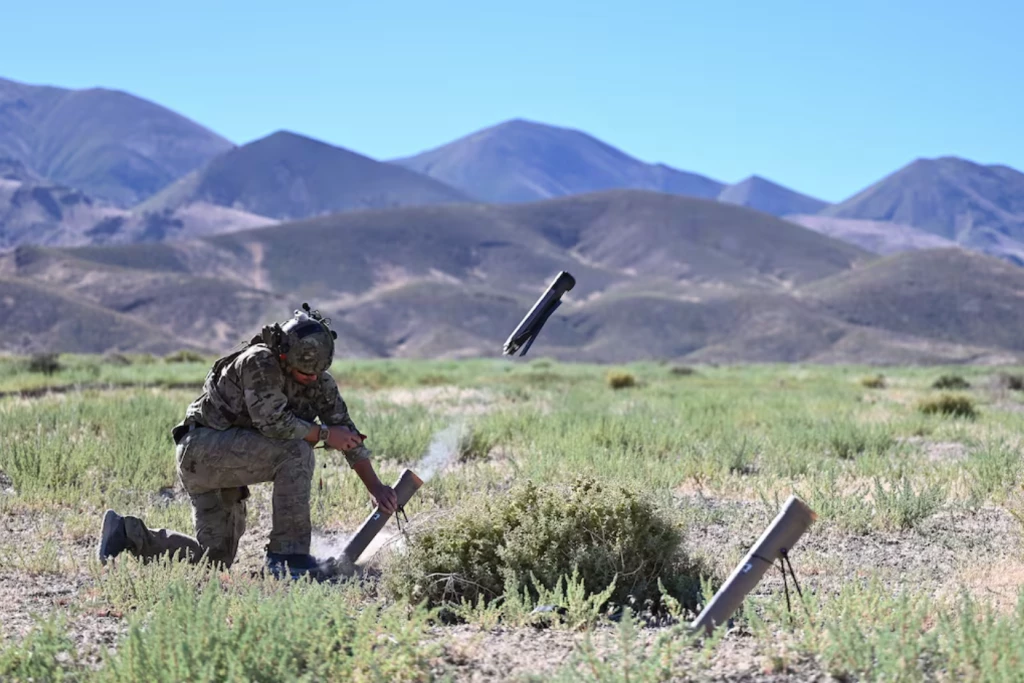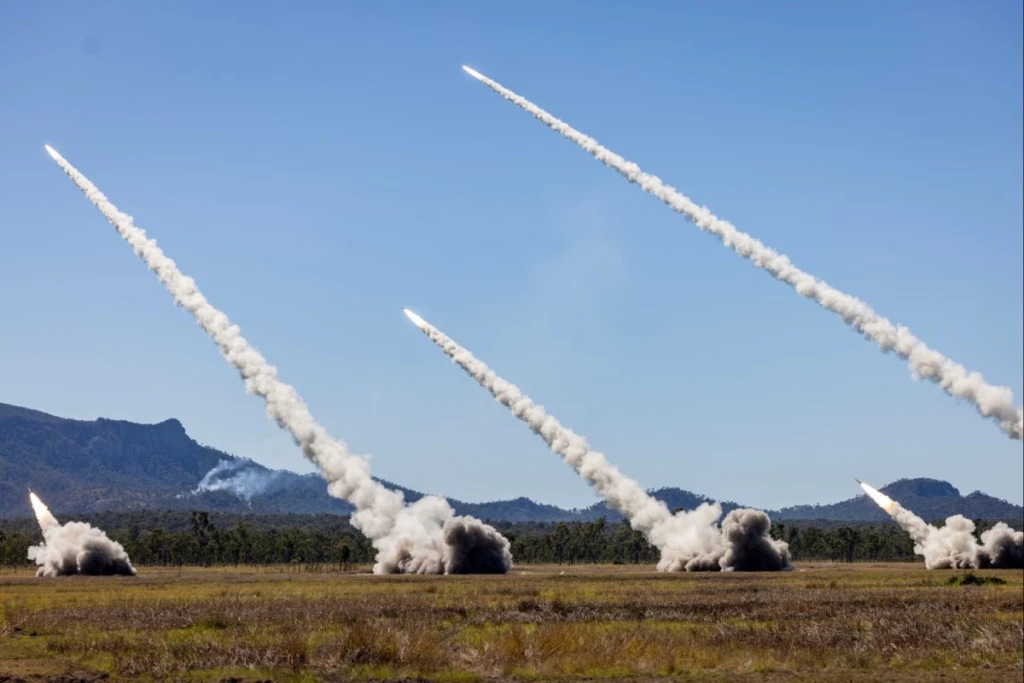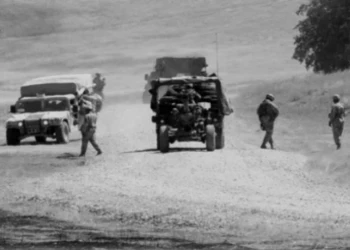How to best incorporate your business into the US Firefighting Domain
Interview with Ben McGrane
Add bookmark
Could I please kindly ask that you give a short introduction about yourself?
My name is Ben McGrane and I am the Assistant Director for incident procurement operations with the USDA Forest Service. My organization is responsible for all of the procurement contracts and purchase agreements in support of the wildland firefighting mission.
First question, when a fire starts, who has the primary jurisdiction agency for that fire?
In the US that really depends on where that fire starts. There is a jurisdictional agency that would be responsible for the management of that respective fire. It could be the USDA Forest Service , it could be any of the Department of Interior bureaus, could also be a state or local government. Ultimately that jurisdiction depends on where that fire starts, and in turn, that turns into who's responsible for managing it.
Speaking of procurement, what components of the Forest Service are involved in contracting? Are different sorts of tools, technologies, equipment, vehicles, and aircraft treated differently during the contracting process?
Yes. We have our own contracting processes and methodologies. The Department of Interior bureaus also have their own independent contracting practices, as well as the states. So, speaking for the Forest Service at least, we have different contract types, depending on the resource.
For example, our aircraft or aviation resources are hired, through more of a formal procurement practice, where they're competed and solicited prior to the fire season. We negotiate rates, terms, and conditions to make those aircraft available. When the need arises, an order can be placed to activate the aircraft. And even within aviation, there are some different nuances depending on the aircraft, or the resource type for example.
There are a few iterations within the different resource types. Most of our operational equipment, for example, like engines and heavy equipment are hired via a call when needed, blanket purchase agreement (BPA) model where ideally they are hired preseason, via negotiated rates, terms, and conditions. When the need arises, orders are placed through our dispatch organization to activate or mobilize those resources. In this case, we don't have a binding contract until the order is placed.
We also have a number of what we call national logistical contracts. These include caterers, mobile shower units, our national crews and retardants. Most of those are more formal contracts where we guarantee minimum orders or quantities throughout the fire season.
Everything that we hire goes through this dispatch order process. When the incident or a fire manager has a need for a crew, orders are placed through dispatch.
But then also we have a fair amount, of what we call, at-incident needs; for example supplies and resources that we may not have on existing contracts. A lot of our supply purchases like food and water are ordered on more of an ad hoc or as-needed basis. We have an organization that supports those purchases, which leverages commercial practices for many of those resources that we may not have on preseason contracts.
Could you give a rundown on how the budget for the Forest Service acquisition breaks down?
At a high level, the agency has a wildland fire suppression budget that Congress approves. At that point, we are dependent on what the needs of the incident are. We have a high-level amount of funding for each incident. For example, each fire has a separate budget that's established based on initial estimates from the fire Management organization.
Fire procurement budgeting is a little different than a traditional federal contract since because it's less of a firm-fixed price model and more of a time & material, task order contract action. The estimates ultimately change based on how large the fire grows and how long the resources are needed
Does that mean that there's no, say, typical duration or dollar value of a contract with the Forest Service?
It depends. For contrast and comparison purposes, let's say we hire an airtanker. . We do a contract for a finite number of days. We call them mandatory availability periods. In that case, we do have a fixed price that would cover let's say a three-month mandatory availability period. We are guaranteeing that contractor the daily availability price or rate for that aircraft to be available. And then we pay, for actual flight time and other expenses on a variable basis
But on the other hand, a lot of these are considered more of a call when needed resource. So, we don't guarantee the contractor any amount. For example, an engine, we set up with blanket purchase agreements. There's no guarantee that will ever order them or provide any work under the contract. However, when the need arises, we do order them and at that point have a binding contract. We are under contract with them and the final amounts aren't really known until we release them. So, it could be one day it could be 30 days, it's just very variable at that stage.
How does the Forest Service go about setting the requirements for these contracts? That seems very fluid, obviously, there needs to be some sort of criteria chosen. How would you ensure the level of flexibility that you need?
The procurement office works hand in hand with our fire and aviation management program. That program has subject matter experts and technical experts that define the requirements for any of those respective resources.
The program in turn would define that scope of work and we expect the contractor to adhere to the defined requirements.
And then at that point, the program works with our procurement organization to package and address any of the payment terms and conditions. The federal government has a very strict regulations that require the vendors meet certain standards as it relates to labor, performance, safety and so forth. So that all gets packaged together in a requirement or solicitation document and ultimately that solicitation is what we advertise on www.sam.gov.
And what would you say would be the main contracting differences between your type of contract from other federal and state agencies involved in battling wildfire? Does the Forest Service collaborate or partner with other agencies on acquisition?
The wildland firefighting contracting program has an interagency flavor to it. The Forest Service might be the contracting or procuring agency for various resources, but most of the National Wildfire Coordination Group (NWCG) agencies are oftentimes able to order them too; i.e., the USDA Forest Service, DOI bureaus, and the various States.
When the Forest Service issues a contract, most of those NWCG partners are authorized to order and utilize those resources. For example, the Forest Service might issue a contract for an airtanker, but the DOI is able to order off of it and vice versa. Many of the 50 States have that capability as well. A lot of what we work on we do collaboratively.
Would you be able to take me through the contracting process for the forest? From the Forest Service solicitation to award?
At a high level, there's a demand that is driven by our program. A fire aviation program would define what that requirement is. So, let's say it's for an aircraft, we work with the program and the procurement office collectively to get that requirement defined and ultimately issue that solicitation, RFQ, or RFP.
Depending on the dollar amount, there are some bureaucratic approvals and thresholds that have to be met to ensure we're notifying our chain of command and our leadership of the different requirements. But ultimately once that requirement is defined and we ensure funding is available we would issue a solicitation through www.sam.gov making it publicly available to any interested vendors. At that point, any interested vendor would be able to provide a quote or proposal.
A vendor would then propose to the government the aircraft they have available at that point, its capabilities, and price. Then the agency goes through an evaluation process where we review offers or bids that are submitted to us. They go through a technical evaluation board so the subject matter expert can tell us if the aircraft in this example would meet or exceed requirements. Depending on the contract type, we may look at your non-price factors such as past performance or safety history. But ultimately once that evaluation is completed, we would enter into negotiations with the highly-rated vendors. This could all take a few weeks to a few months. Once there's a decision, a contract award is made by a contracting officer.
Most of these resources go through an inspection protocol, to ensure they meet the safety & compliance requirements.
What if a vendor comes with that new, untested, solution? How should they go about qualifying that solution to make sure that it's something that the Forest Service needs?
The textbook answer on this one through the federal government is a process called unsolicited proposals where anytime a company or vendor could, without responding to a specific solicitation, provide a proposal for us to consider. There is a somewhat of a bureaucratic process that we take to consider it.
We also have technology centers that are work on vetting and testing new ideas, new concepts, new technologies. But ultimately, there would be a formal process for us to consider anything we're not soliciting for.
So anyone, with a new solution or a new proposal can rest easy at night knowing that their unsolicited proposal is getting looked at?
Right. And there have been occasions when I’ve seen this in my career. It's been probably at a smaller scale.
Resource like handwashing units or GIS trailers, once upon a time, did not have a defined requirement established. We did not have a solicitation for those and numerous resources grew organically based on ideas from entrepreneurs.
. They convinced the government that, hey, that's a good idea, so in turn that evolved into us developing requirements and now we solicit for those. So just as I said, there's a handful of examples like that where an idea was sparked and in turn, we developed a requirement for it.
And obviously, nowadays competition can get quite tough. Are there any specific options for, say, small businesses? Are there special considerations for veterans, women, or minority-owned?
Yes, that is the short answer. The federal government has social-economic goals. The vast majority of the Forest Service sets aside solicitations or requirements for small businesses in general. There are some exceptions to that, especially in our aviation program.
But we also have goals for 8A, socioeconomically disadvantaged business owners.
There are also hub zones that are more geographic based on certain parts of the country or counties for a historically underutilized business zone which we set aside goals in some of our solicitations, and give preference over a non-hub zone company. So yes, there are depending on the resource and contract type. There are some considerations for the various small business set-asides.
And if any company or business was interested in partnering with the Forest Service, where should they look or who should they contact? Or would it just be a case of delivering your solicitation and we'll get back to you?
This is one of those answers that there are probably a few different options. Generally, like with my organization on the procurement side, we tend to be the public face. The contracting office is definitely more than willing to work with vendors with new ideas. More often than not, we engage our fire program partners to help vet any ideas. But, at least for the Forest Services, we don't have an ombudsman that would be the tip of the spear. It's often working back through a procurement or fire program staff.
Looking forward to the future, what kind of changes would you like to see or to at least start implementing?
Just off the top of my head, we're going through, a fair amount of growth and change within our procurement program in general. We've really grown in last year. In wildland firefighting program alone, spent over $2 billion, so that exceeded the rest of the agency's procurement portfolio by almost half a billion dollars. This is a very large program and with a lot of these contracts, we are trying to do more and more preseason. So one of my goals is for us to have more of these resources, have more of these contracts, in place ahead of time that allows us to simply order and activate them. A large portion of these contracts mentioned earlier, we don't have in place. So, we're having to hire them when the need arises.
That's the difference between a preseason contract or agreement versus an incident-only agreement. Oftentimes we must find the vendors, write the contracts, , and negotiate when the need arises, versus having those contracts in place ahead of time. One of my priorities is to try to have more of those contracts established in place that allow us to simply order them rather than have to hire them each time.
We're definitely dealing with a lot of the macro-economic challenges involving supply chains and I know a lot of our contractors are struggling to retain enough staffing and operators for their resources. For us just to have that pool of contractors available that can you meet our needs is definitely also a priority for us.




